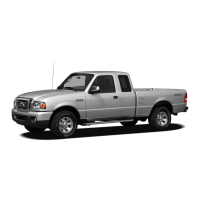
Do you have a question about the Ford 2009 Ranger and is the answer not in the manual?
| Brand | Ford |
|---|---|
| Model | 2009 Ranger |
| Category | Automobile |
| Language | English |
Information on warning lights and chimes to alert drivers to vehicle conditions.
How to set and use the vehicle's speed control system.
Explanation of the Personal Safety System and its components.
Details on dual-stage airbags, crash sensors, and seat position sensors.
How the front passenger sensing system affects airbag deployment.
Explanation of safety belt usage sensors and pretensioners.
General safety precautions for using vehicle restraints.
Proper use and fastening of combination lap and shoulder belts.
Operation and function of the Belt-Minder supplemental warning system.
Overview of the airbag SRS and its role in protecting occupants.
Important safety precautions regarding airbag deployment and child seat placement.
Safety guidelines for children concerning airbags and proper restraint.
Explanation of the front passenger sensing system's function with airbags.
Guidance on properly using safety restraints for children.
Key precautions to ensure child safety restraints are used correctly.
Recommendations for child safety restraints based on size, height, weight, and age.
Methods for attaching child safety seats using LATCH and seat belts.
Guidelines for properly securing children during transport.
Information on selecting and using infant and toddler safety seats.
How to install child safety seats using combination lap and shoulder belts.
Understanding tire quality grades for Treadwear, Traction (AA, A, B, C), and Temperature (A, B, C).
Proper procedures and recommendations for inflating vehicle tires.
How the TPMS works, low pressure warnings, and malfunction indicators.
Guidance on proper loading to maintain vehicle weight ratings.
Procedure to calculate the vehicle's available cargo and luggage load capacity.
Information on towing capacities and requirements for trailers.
Essential steps and equipment needed for safe trailer towing.
Important tips and precautions for driving with a trailer attached.
Practical advice for towing, including practice and maintenance.
How to start the vehicle, including ignition positions and preparation.
Key safety measures to follow before and during vehicle startup.
Proper technique for starting the engine and avoiding starter damage.
Safety precautions regarding exhaust fumes and their toxic effects.
Information on normal brake noise and when to have brakes inspected.
Explanation of the ABS system, its operation, and normal noises.
How to apply and release the parking brake and related warnings.
Overview of automatic transmission operation and the brake-shift interlock.
How to operate the 4WD system, including indicator lights and engagement.
Steps to take if the vehicle drives off the pavement, including safe return.
Safe procedures for emergency maneuvers like sharp turns or stops.
Safe driving practices and techniques for snow and ice conditions.
Precautions and procedures for driving through water, including potential risks.
Overview of the complimentary roadside assistance program and its coverage.
How to use the roadside assistance program and contact information.
Procedure for changing a flat tire safely.
Instructions for checking and adding engine oil.
Step-by-step instructions for changing a vehicle tire.
Detailed instructions and safety precautions for jump-starting a vehicle.
Correct procedure for connecting jumper cables between vehicles.
Correct procedure for disconnecting jumper cables in reverse order.
Recommendations for proper vehicle towing procedures using a wrecker.
Conditions and procedures for flat towing a disabled vehicle.
Information on obtaining warranty service and finding authorized dealers.
Information on scheduled maintenance and using authorized dealers.
General safety precautions to follow when working on the vehicle.
Checking and adding windshield washer fluid, including fluid types and warnings.
Procedure for checking the engine oil level correctly.
How to add engine oil, including recommended types and precautions.
Specifications for engine oil, including API certification and Ford specifications.
How to check engine coolant level and concentration.
Procedure for adding engine coolant, including mixture and safety warnings.
Important safety precautions and guidelines for handling automotive fuels.
Safety guidelines to follow when refueling the vehicle.
Recommendations for unleaded fuel types and ethanol content.
Techniques for accurately measuring and improving fuel economy.
Methods for calculating vehicle fuel economy.
Habits and driving techniques to improve fuel economy.
Ensuring proper operation of emission control components and catalytic converters.
How the OBD-II system monitors emissions and detects malfunctions.
Understanding I/M testing readiness and how to achieve it.
Procedure for checking power steering fluid level and adding fluid.
How brake fluid levels change with wear and when to seek service.
Procedure for checking automatic transmission fluid level at normal operating temperatures.
Table of maintenance products, capacities, part names, and Ford specifications.
Where to find the Safety Compliance Certification Label and its purpose.

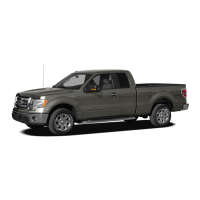
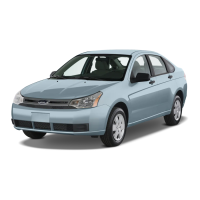
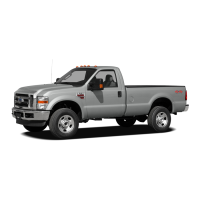
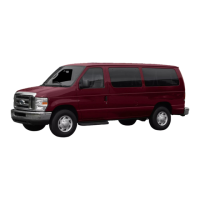
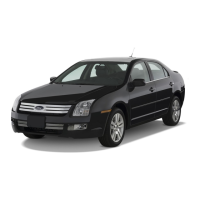
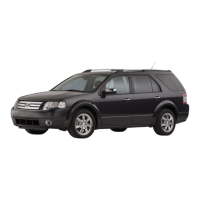

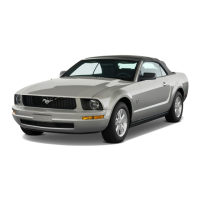
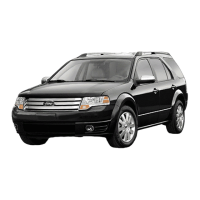
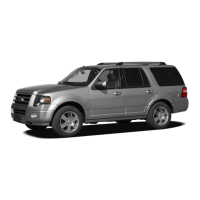
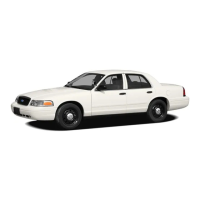
